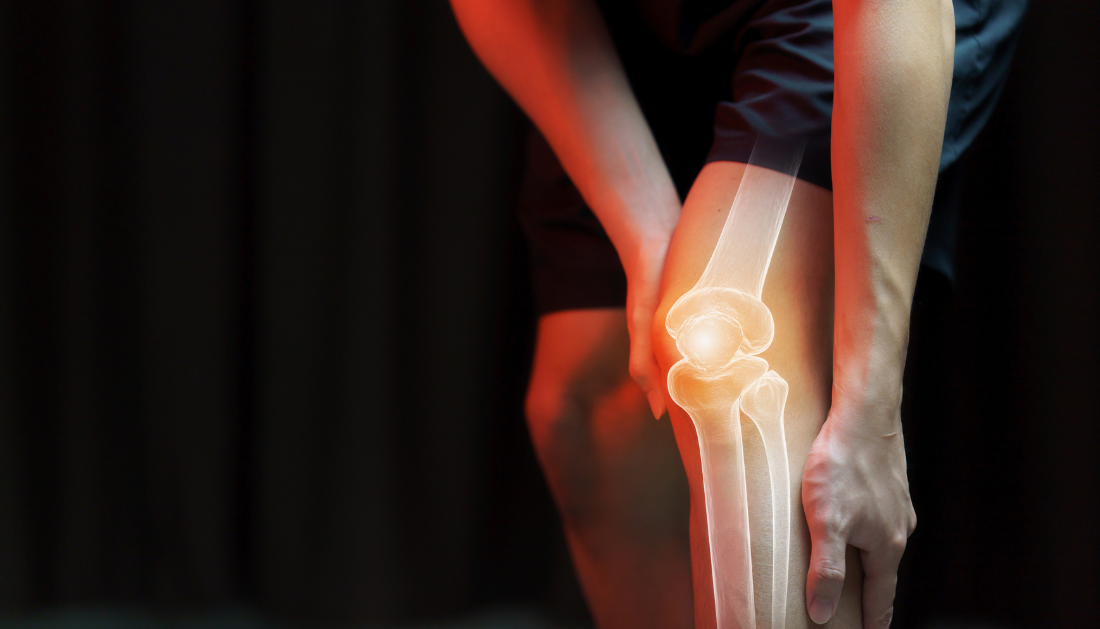

Two million bone transplants are performed worldwide each year, including half a million in the United States alone. However, a QUT-led study discovered that surgeons are slow to adopt newly created biomaterials or tissue-engineered treatments.
The paper, Lost in translation: the lack of agreement between surgeons and scientists regarding biomaterials research and innovation for treating bone defects, was published in BMC Medicine. It investigates why, despite enormous advances in biomaterials science, tissue engineering, and regenerative medicine, the uptake into clinical practice is lagging.
Dr Stephen Whyte, a QUT author, stated that bone transplants were second only to blood transplants in frequency, but that some advances needed to be passed on to patients.
“This high global demand is largely driven by the ongoing challenges posed by bone defects, particularly following trauma or surgical interventions such as tumor excision,” said Dr Whyte, who is a behavioral economist, Senior Research Fellow and Deputy Director of the QUT Centre for Behavioural Economics, Society and Technology (BEST Centre).
“Limitations associated with autologous bone grafts, a procedure where the bone is transplanted from one part of a patient’s body to another, is driving exploration into replacements, including allografts, synthetic substitutes, and 3D-printed scaffolds.
“Yet while both surgeons and scientists agree on the importance of developing advanced biomaterials to treat bone defects, surgeons do not appear to embrace them in practice.
“The treatment of bone defects is a clinical challenge associated with high reintervention rates, high patient morbidity, and extremely high associated healthcare costs. A more cohesive interdisciplinary approach would greatly address those issues.”
In collaboration with researchers from Germany’s LMU University Hospital, Aachen University Hospital, and Heidelberg University, as well as the University of Canberra, Dr Stephen Whyte and Dr Ben Chan from the QUT School of Economics and Finance, along with Distinguished Professor Dietmar W. Hutmacher from the QUT School of Mechanical, Medical, and Process Engineering, conducted a prospective website-based survey using electronic questionnaires.
The Alexander von Humboldt Foundation in Berlin and the Australian Research Council funded the study, which collected anonymous data from 337 surgeons and 99 scientists, the majority of whom are based in Germany.
Professor Hutmacher stated that the scientists polled were substantially more hopeful than surgeons about the potential replacement of autologous bone transplants with improved biomaterials or tissue-engineered products.
“Scientists foresee a fundamental change from autologous bone grafts to biomaterial and tissue-engineered solutions, reflecting their confidence in the ongoing advancements within this field,” said Professor Hutmacher, who is Director of the Centre of Regenerative Medicine and Director of the Max Planck Queensland Centre for the Materials Science of Extracellular Matrices at QUT.
“Simultaneously, they expressed the need for a more significant focus on clinical relevance in preclinical studies and regulatory clarity around 3D-printed bone scaffolds.
Bioengineering and biotechnology have evolved dramatically over the last 20 years, but this surge in scientific knowledge has not been matched by a corresponding increase in clinical implementation that directly benefit patient care.
“All the participants agreed that witnessing the technology in action was deemed most influential in adopting new bone regeneration methods in a surgical setting.”
“Dr Whyte said the study’s outcomes highlighted the urgent need for meaningful interdisciplinary collaboration between surgeons and scientists, often referred to as the need to “walk the talk”.
Our findings underscore the critical importance of aligning clinical needs, research outcomes, and regulatory frameworks to improve the development and implementation of biomaterial-based bone graft substitutes that demonstrate efficacy and efficiency in bone defect treatment.”
Dr Stephen Whyte, QUT author
“Advancements in automation, speed, reproducibility, and flexibility with small batches, coupled with the potential for reduced manufacturing costs, make the areas of bone replacement products and 3D printing technologies for orthopedic trauma surgery very attractive in principle.”
more recommended stories
 36-Week Pre-eclampsia Screening May Reduce Term Risk
36-Week Pre-eclampsia Screening May Reduce Term RiskA New Preventive Strategy for Term.
 Cardiovascular Risk and Sudden Cardiac Death in Diabetes
Cardiovascular Risk and Sudden Cardiac Death in DiabetesRising Sudden Cardiac Death (SCD) Risk.
 Poor Kidney Function and Alzheimer’s Biomarkers Explained
Poor Kidney Function and Alzheimer’s Biomarkers ExplainedPoor kidney function may influence levels.
 Walking Speed Before Hip Replacement Predicts Recovery
Walking Speed Before Hip Replacement Predicts RecoveryNew Evidence Points to a Simple,.
 Neuroblastoma Drug Combo Extends Survival in Models
Neuroblastoma Drug Combo Extends Survival in ModelsA Promising Shift in High-Risk Neuroblastoma.
 Safer Allogeneic Stem Cell Transplants with Treg Therapy
Safer Allogeneic Stem Cell Transplants with Treg TherapyA new preclinical study from the.
 How Soybean Oil Impacts Weight Gain and Metabolism
How Soybean Oil Impacts Weight Gain and MetabolismWhy Soybean Oil May Affect Metabolism.
 Coffee and Cognitive Function: Evidence Review
Coffee and Cognitive Function: Evidence ReviewA new narrative review in Cureus.
 AI in Emergency Medicine and Clinician Decision Accuracy
AI in Emergency Medicine and Clinician Decision AccuracyEmergency teams rely on rapid, accurate.
 Colorectal Cancer Screening Rates Low in Adults 45–49
Colorectal Cancer Screening Rates Low in Adults 45–49Recent UCLA research reveals that colorectal.

Leave a Comment